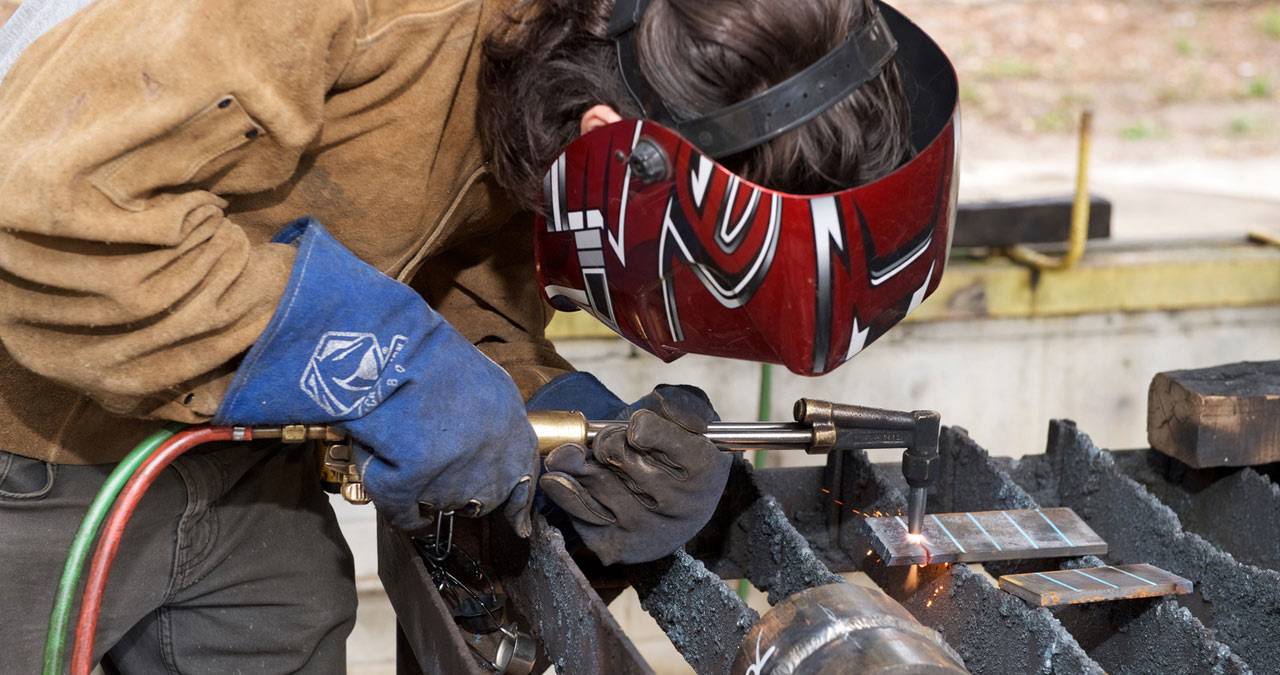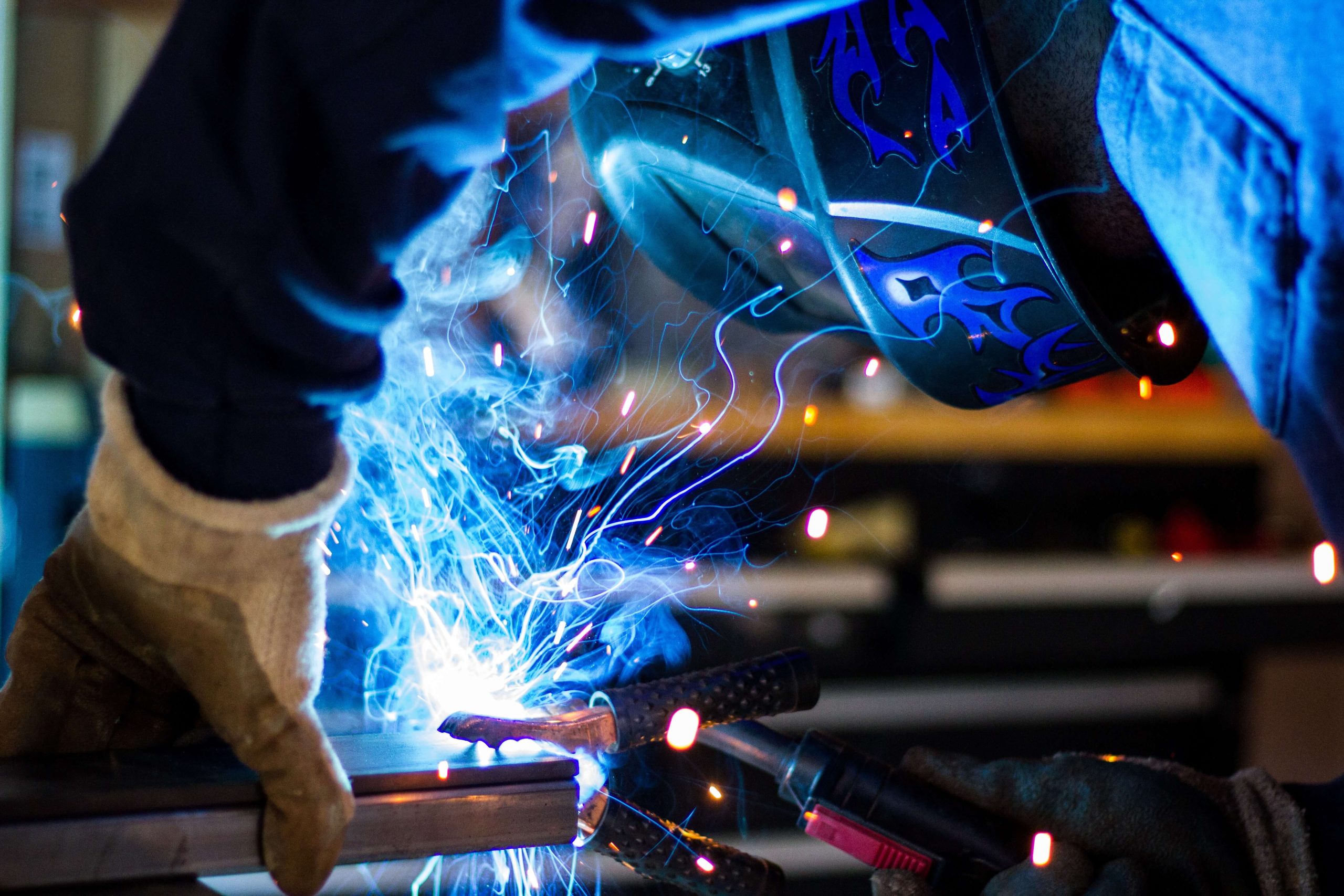Common Welding Fixing Issues and How to Address Them Effectively
Welding repair services often experience a series of issues that can threaten the stability of the final product. Usual troubles consist of insufficient infiltration, porosity, and misalignment, to name a few. Each flaw offers distinct challenges that call for details techniques for resolution. Understanding these issues is necessary for welders aiming to enhance their outcomes and skills. This discussion will explore these common welding repair issues and reliable approaches to address them.
Insufficient Penetration
Poor infiltration happens when the weld metal fails to fully fuse with the base material, resulting in weak joints and prospective structural failings. This concern frequently stems from not enough warm input, wrong electrode angle, or incorrect welding speed. Welders might come across inadequate infiltration because of a mistake of the essential parameters for a specific material density or kind. Furthermore, contamination on the base material's surface can hinder efficient bonding, intensifying the problem. To attend to insufficient penetration, welders should guarantee appropriate setups on their equipment and maintain a clean work surface area. Regular evaluation of welds is recommended to determine any deficiencies early, permitting timely adjustments and the prevention of endangered structural stability in bonded settings up.
Porosity
Porosity is an usual defect in bonded joints that manifests as little gas bubbles entraped within the weld metal. This problem can endanger the integrity of the weld, resulting in lowered strength and prospective failing under stress. Montana Mobile Welding and Repair Belgrade Welding. Porosity normally emerges from contamination, wetness, or inappropriate welding strategies, which permit gases to run away right into the liquified weld swimming pool. To attend to porosity, welders should assure appropriate surface area preparation, preserve a tidy working atmosphere, and make use of appropriate welding criteria. In addition, selecting the best filler product and securing gas can minimize gas entrapment. Normal inspection and screening of welds can aid recognize porosity early, assuring prompt restorative actions are taken, thus protecting the high quality and dependability of the welded framework
Imbalance
Misalignment in welding can develop from different variables, including improper setup and thermal development. Recognizing the origin triggers is essential for effective resolution. Several adjustment strategies are offered to realign elements and guarantee structural stability.
Sources of Imbalance
Welding imbalance often originates from a selection of underlying issues that can endanger structural integrity. One primary reason is incorrect fit-up of elements before welding, which can cause spaces and uneven surfaces. Variants in thermal expansion throughout the welding procedure can also result in distortion, especially if the materials being joined have different coefficients of development. Additionally, inadequate fixturing and securing might fail to hold components firmly in position, causing movement throughout welding. Badly conserved equipment, consisting of welding machines and devices, may introduce variances in the weld grain, additional adding to imbalance. Finally, operator mistake, coming from insufficient training or experience, can likewise play a substantial function in developing misaligned welds.
Adjustment Methods Available
Dealing with misalignment efficiently needs a combination of restorative techniques tailored to the particular issues at hand. One common method is making use of jigs or fixtures to hold components in the correct setting throughout welding, guaranteeing constant positioning. Furthermore, pre-heating the materials can help in reducing distortion and enhance fit-up. For considerable imbalance, mechanical adjustment methods, such as making use of hydraulic jacks or clamps, can be used to correct the placement prior to welding. Post-weld heat therapy might additionally be necessary to alleviate stress and anxieties triggered by imbalance. Ultimately, mindful inspection and change during the configuration phase can protect against imbalance issues from coming to be considerable problems, advertising a smoother welding procedure and improving overall architectural stability.
Distortion
Distortion is a common difficulty in welding that can arise from different variables, consisting of irregular cooling and heating. Recognizing the reasons for distortion is necessary for implementing effective prevention strategies. Resolving this issue not only boosts architectural stability yet also improves the general quality of the weld.
Sources of Distortion
When based on the intense warm of welding, products typically undertake modifications that can cause distortion. This sensation primarily arises from thermal expansion and tightening during the welding process. As the weld area warms up, the material expands; upon cooling, it acquires, which can produce internal tensions. In addition, unequal heating throughout a work surface can intensify these tensions, leading to bending or bending. The type of material also plays a considerable function; steels arc force with differing thermal conductivity and coefficients of growth may react in a different way, bring about uncertain distortions. Bad joint style and inadequate fixturing can add to misalignment throughout welding, increasing the chance of distortion. Recognizing these reasons is vital for efficient welding repair work and prevention methods.
Avoidance Techniques
Reliable prevention techniques a fantastic read for distortion throughout welding concentrate on regulating warmth input and making certain appropriate joint design. Keeping a consistent warmth input assists to minimize thermal growth and contraction, which can cause distortion. Utilizing strategies such as preheating the workpiece can likewise decrease the temperature level gradient, advertising uniform home heating. In addition, picking proper joint styles, such as T-joints or lap joints, can improve security and lower stress and anxiety focus. Carrying out appropriate fixturing to secure the workpieces in location even more aids in keeping alignment during the welding procedure. Staggered welding sequences can distribute warm more uniformly, stopping localized distortion. By using these techniques, welders can greatly decrease the probability of distortion and boost the overall top quality of their welds.
Splitting
Breaking is an usual issue come across in welding repair work, commonly arising from different aspects such as incorrect air conditioning prices, product selection, or inadequate joint preparation. The incident of cracks can substantially endanger the integrity of the weld, leading to potential failings throughout operation. To address this concern, welders have to initially evaluate the source, making sure that products work and appropriately chosen for the certain application. Additionally, controlling the cooling price throughout the welding procedure is important; fast cooling can generate stress and anxiety and lead to breaking. Proper joint design and prep work likewise contribute to minimizing the danger. Carrying out these approaches can enhance weld high quality and durability, inevitably lowering the chance of breaking in finished weldments.

Incomplete Combination
A considerable concern in welding repair services is insufficient combination, which takes place when the weld steel does not sufficiently bond with the base material or previous weld passes - Belgrade Welding. This issue can result in weak points in the joint, possibly compromising the stability of the bonded structure. Aspects contributing to incomplete combination consist of insufficient warm input, inappropriate welding technique, and contamination of the surfaces being joined. To resolve this issue successfully, welders should guarantee correct pre-weld cleaning and surface prep work, as well as change their welding parameters to accomplish ample infiltration and blend. Normal evaluation throughout the welding procedure can additionally help recognize insufficient blend early, enabling prompt corrective procedures to boost the total high quality of the weld
Overheating
While welding fixings can boost structural honesty, overheating presents a considerable obstacle that can lead to product deterioration. Extreme warmth during welding can alter the mechanical buildings of steels, causing reduced strength, increased brittleness, and warping. This sensation is particularly essential in high-stress applications where structural integrity is critical. Identifying getting too hot can include aesthetic examinations for staining or distortion, in addition to checking temperature during the welding procedure. To minimize the dangers connected look at here with overheating, welders need to use ideal methods, such as managing heat input, readjusting travel rate, and using suitable filler materials. Additionally, implementing pre- and post-weld warmth treatments can aid restore product homes and boost the general quality of the repair, ensuring lasting performance and security.
Frequently Asked Questions
What Are the Common Indicators of a Welding Flaw?

How Can I Evaluate My Welds for Quality?
To test welds for quality, one can utilize aesthetic evaluations, ultrasonic testing, and radiographic methods. Each strategy assures architectural integrity, identifies defects, and confirms adherence to defined criteria, inevitably enhancing the reliability of the welded joints.
What Safety Preventative Measures Should I Take While Welding?
When welding, one need to focus on safety by putting on ideal individual protective equipment, ensuring correct air flow, protecting flammable products away, keeping a clean work space, and understanding environments to protect against crashes and injuries.
Can I Fix a Weld Without Renovating the Entire Joint?
Repairing a weld without remodeling the entire joint is possible, depending upon the damages (Montana Mobile Welding and Repair Belgrade). Strategies such as grinding, adding filler material, or making use of a welding process can effectively deal with specific problems while protecting the surrounding framework
What Tools Are Necessary for Effective Welding Fixes?
Important devices for reliable welding fixings consist of a welding device, wire brush, mill, safety gear, clamps, and filler products. Each device plays a crucial role in making sure quality and safety and security during the fixing process. Porosity usually occurs from contamination, dampness, or inappropriate welding techniques, which enable gases to run away into the liquified weld swimming pool. Badly conserved tools, including welding machines and devices, might present variances in the weld grain, further contributing to misalignment. When subjected to the extreme warmth of welding, materials usually undergo adjustments that can lead to distortion. Breaking is a typical problem come across in welding repair services, frequently resulting from different elements such as inappropriate cooling rates, material option, or poor joint prep work. A substantial concern in welding fixings is insufficient fusion, which occurs when the weld metal does not appropriately bond with the base product or previous weld passes.
Comments on “The role of heat can do for distortion prevention in Montana Mobile Welding and Repair Fabrication”